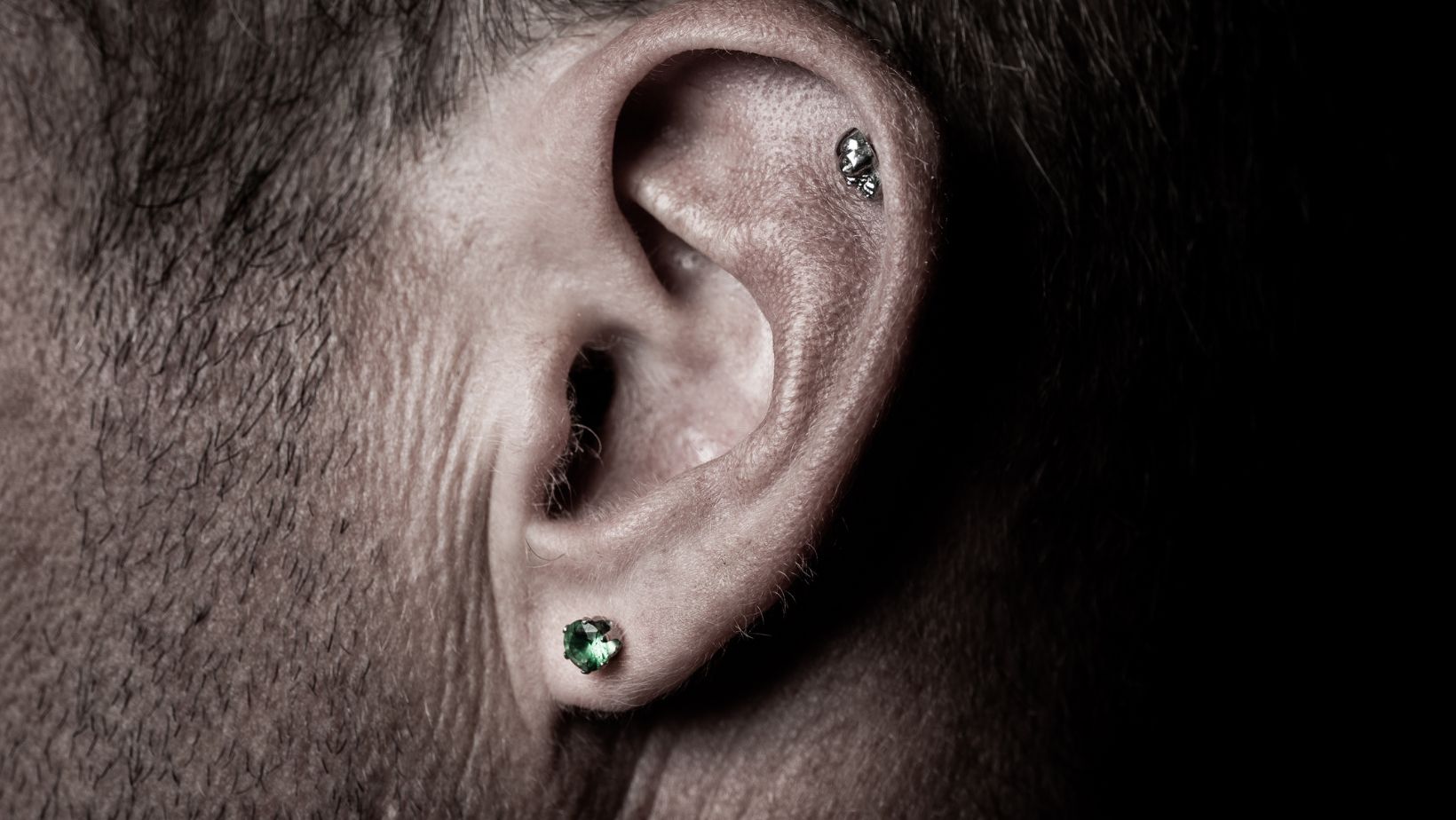Ear infections are a common health issue, particularly among children. These infections occur when bacteria or viruses infect the middle ear, causing inflammation and discomfort. Symptoms of an ear infection can vary but often include ear pain, difficulty hearing, fever, and fluid drainage from the ear. If left untreated, ear infections can lead to more serious complications.
Treatment for ear infections typically involves addressing the underlying cause and relieving symptoms. Depending on the severity of the infection, over-the-counter pain relievers or prescription medications may be recommended to manage pain and reduce inflammation. In some cases, antibiotics may be prescribed if the infection is bacterial in nature.
Preventing ear infections is possible through certain lifestyle practices. Good hygiene habits such as washing hands frequently can help prevent the spread of germs that could lead to an infection. Avoiding exposure to secondhand smoke and practicing proper bottle-feeding techniques can also reduce the risk of developing an ear infection.
It’s important to seek medical attention if you or your child experience symptoms of an ear infection. A healthcare professional can properly diagnose and provide appropriate treatment options tailored to your specific situation. By understanding the symptoms, treatment methods, and prevention strategies associated with ear infections, you’ll be better equipped to navigate this common health concern.
Understanding Ear Infection Symptoms
Ear infections can be a common and uncomfortable issue for both children and adults. Recognizing the symptoms is crucial in order to seek timely treatment and prevent further complications. Here are some key points to help you understand ear infection symptoms:
- Pain or discomfort: One of the most noticeable symptoms of an ear infection is pain or discomfort in the affected ear. It can range from mild to severe, making it difficult to ignore.
- Ear drainage: Another sign to watch out for is fluid discharge from the ear. This may be pus-like or clear in color and can indicate an infection in progress.
- Hearing difficulties: Ear infections can also lead to temporary hearing loss or muffled sounds due to the accumulation of fluid behind the eardrum.
- Fever: In many cases, ear infections are accompanied by a low-grade fever, especially in children. Monitoring body temperature can provide additional clues.
- Irritability and fussiness: Infants and young children may exhibit increased irritability and fussiness when experiencing an ear infection, as they struggle with pain and discomfort.
- Loss of appetite: A decreased appetite can sometimes be observed, particularly in young children who have difficulty swallowing due to soreness in their ears.
It’s important to note that not all individuals will experience every symptom mentioned above, as this can vary depending on factors such as age and severity of the infection.
If you suspect an ear infection based on these symptoms, it’s advisable to consult a healthcare professional for proper diagnosis and treatment options tailored to your specific situation.
Remember, early detection plays a vital role in preventing complications associated with untreated ear infections such as hearing loss or chronic recurring infections.
In our next section, we’ll delve into effective treatments for ear infections that aim at providing relief while combating the underlying causes. Stay tuned!
Effective Treatment Options for Ear Infections
When it comes to ear infections, finding the right treatment is crucial to alleviate symptoms and promote healing. Here are some effective treatment options that can help you or your loved ones find relief:
- Antibiotics: In many cases, bacterial infections are the root cause of ear infections. Antibiotics prescribed by a healthcare professional can target and eliminate the bacteria responsible, reducing inflammation and speeding up recovery.
- Pain relievers: Over-the-counter pain relievers such as acetaminophen or ibuprofen can provide temporary relief from the discomfort associated with ear infections. Always follow the recommended dosage instructions and consult a healthcare professional if symptoms persist.
- Warm compresses: Applying a warm compress to the affected ear can help soothe pain and reduce inflammation. Be sure to use a warm (not hot) compress and hold it gently against the outer ear for short intervals at a time.
- Ear drops: Prescription eardrops containing antibiotics or antifungal agents may be recommended for certain types of ear infections, especially when accompanied by drainage or excessive wax buildup.
- Tympanostomy tubes: If recurrent or chronic ear infections are an issue, your doctor may suggest placing tiny tubes in the eardrums to allow proper ventilation and drainage, reducing the risk of future infections.
- Home remedies: Some individuals find relief from home remedies such as using garlic oil drops, applying onion poultices, or using warm olive oil drops in their ears. However, it’s important to consult with a healthcare professional before trying any alternative treatments.
Remember that every case is unique, and treatment options may vary depending on factors such as age, severity of infection, underlying conditions, and previous treatments tried. It’s essential to consult with a healthcare professional for an accurate diagnosis and appropriate treatment plan tailored specifically to your situation.
By seeking timely treatment and following the guidance of medical professionals, you can effectively manage ear infections and minimize their impact on your daily life.
Bob Duncan is the lead writer and partner on ConversationsWithBianca.com. A passionate parent, he’s always excited to dive into the conversation about anything from parenting, food & drink, travel, to gifts & more!


